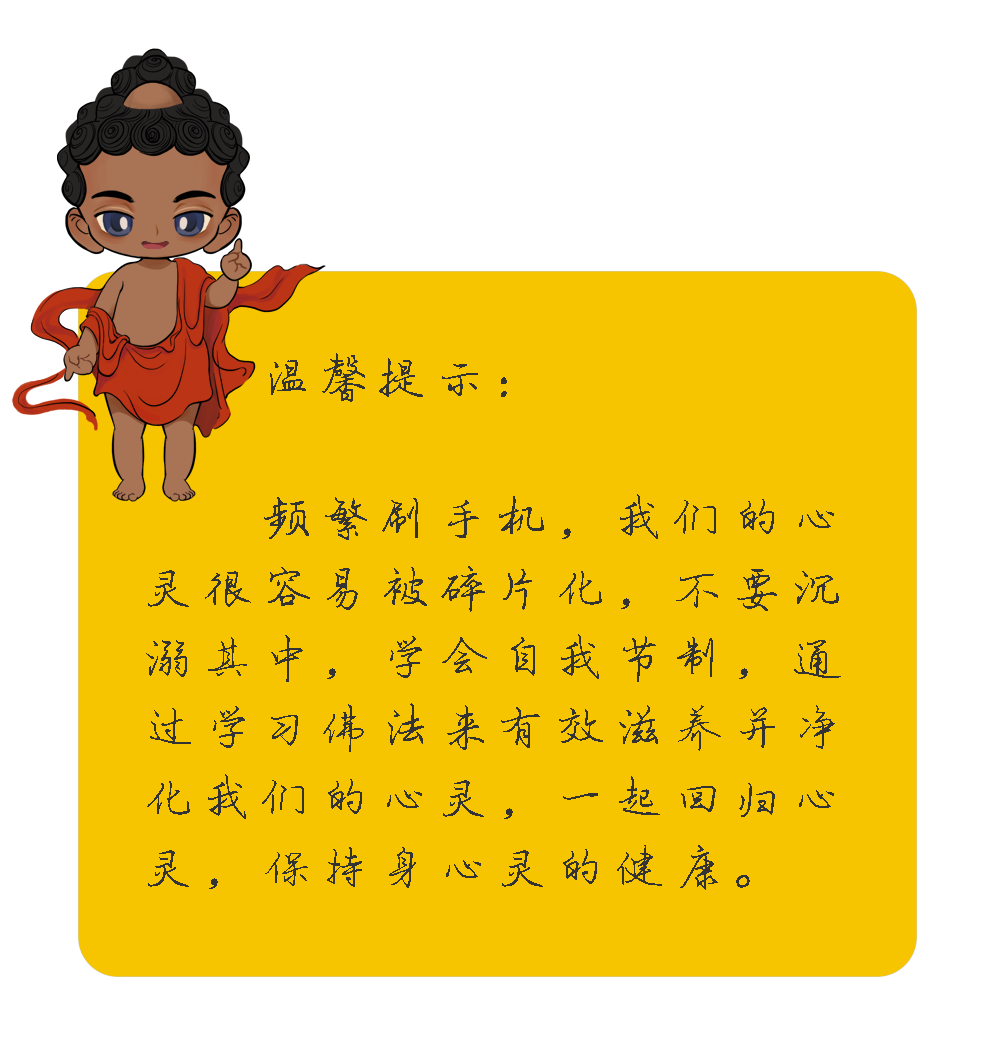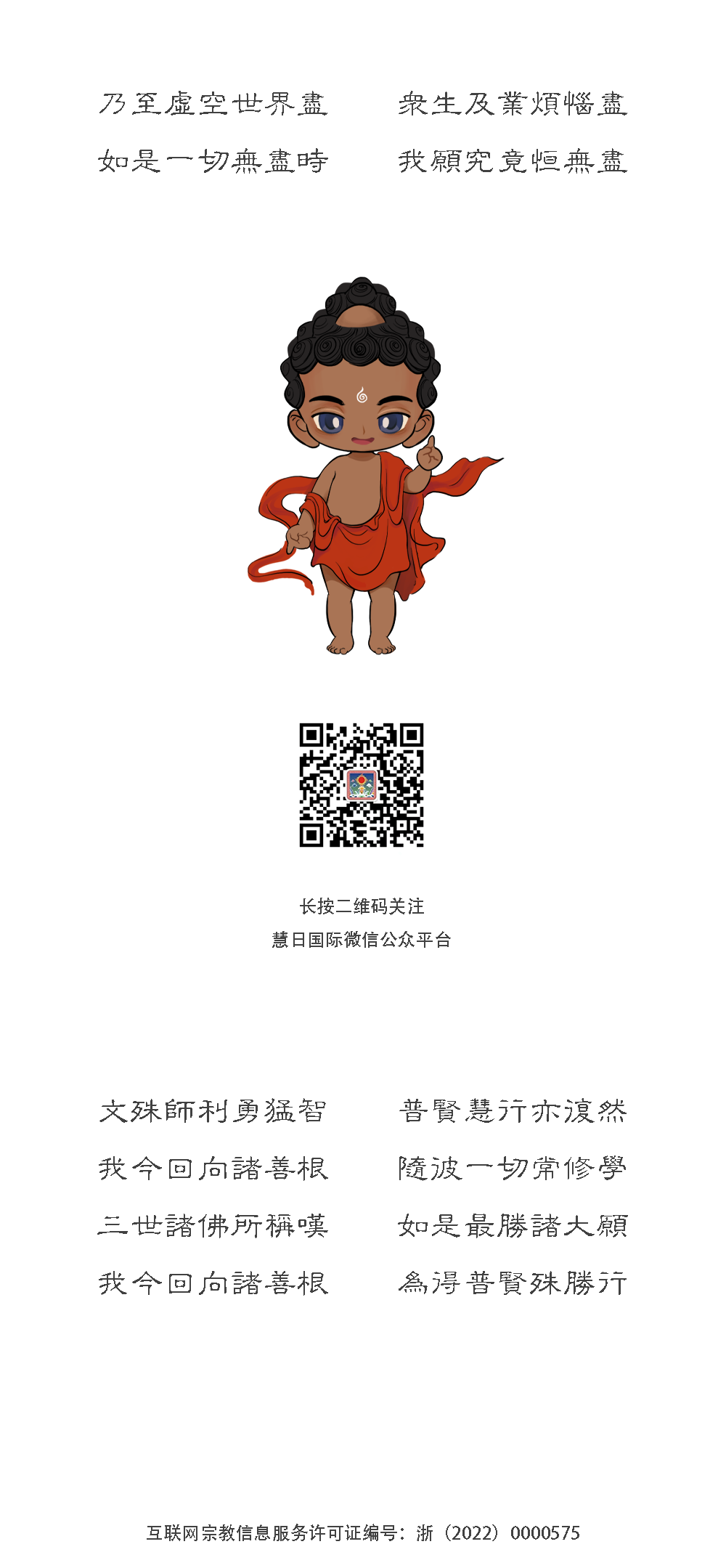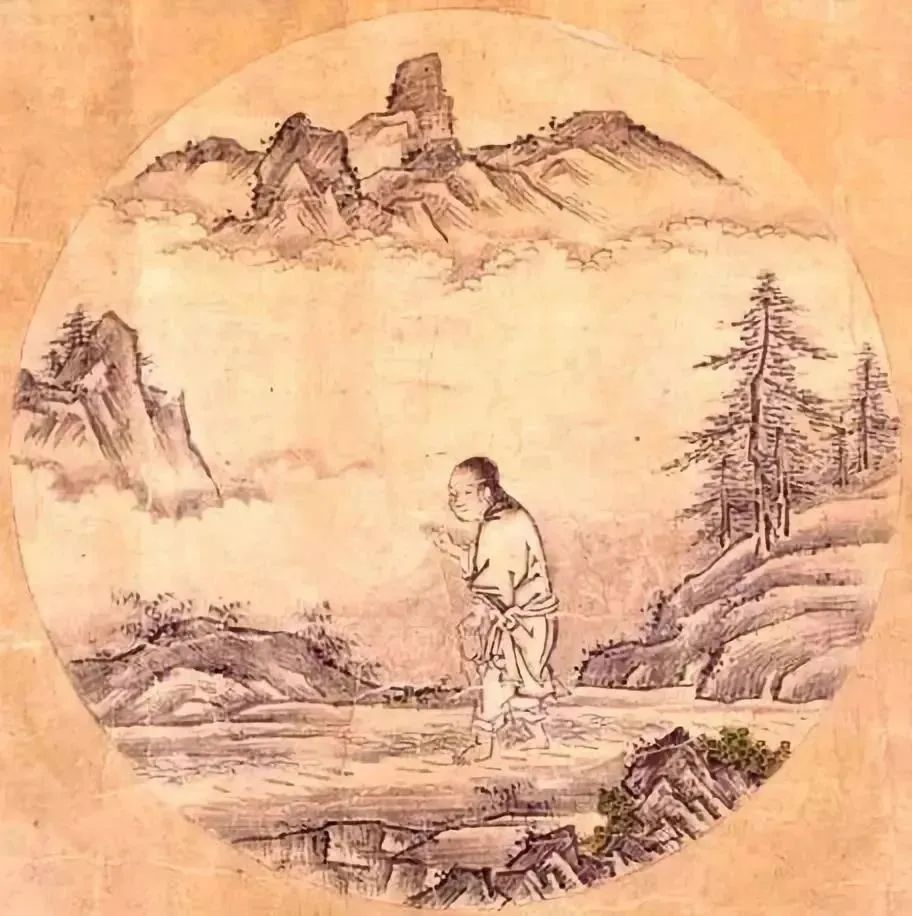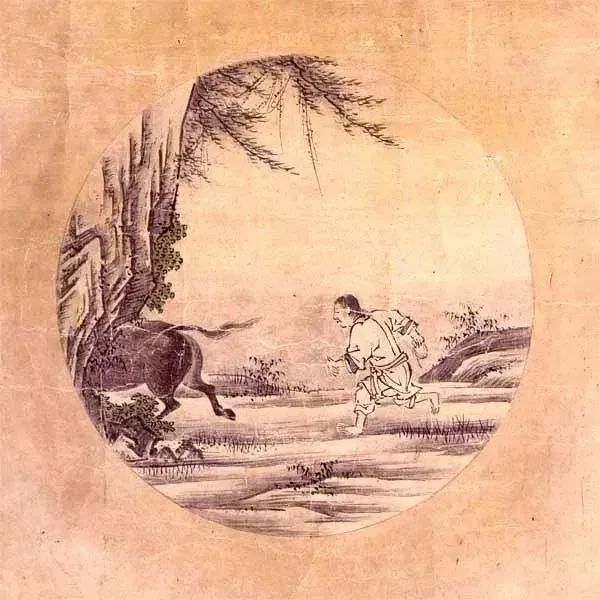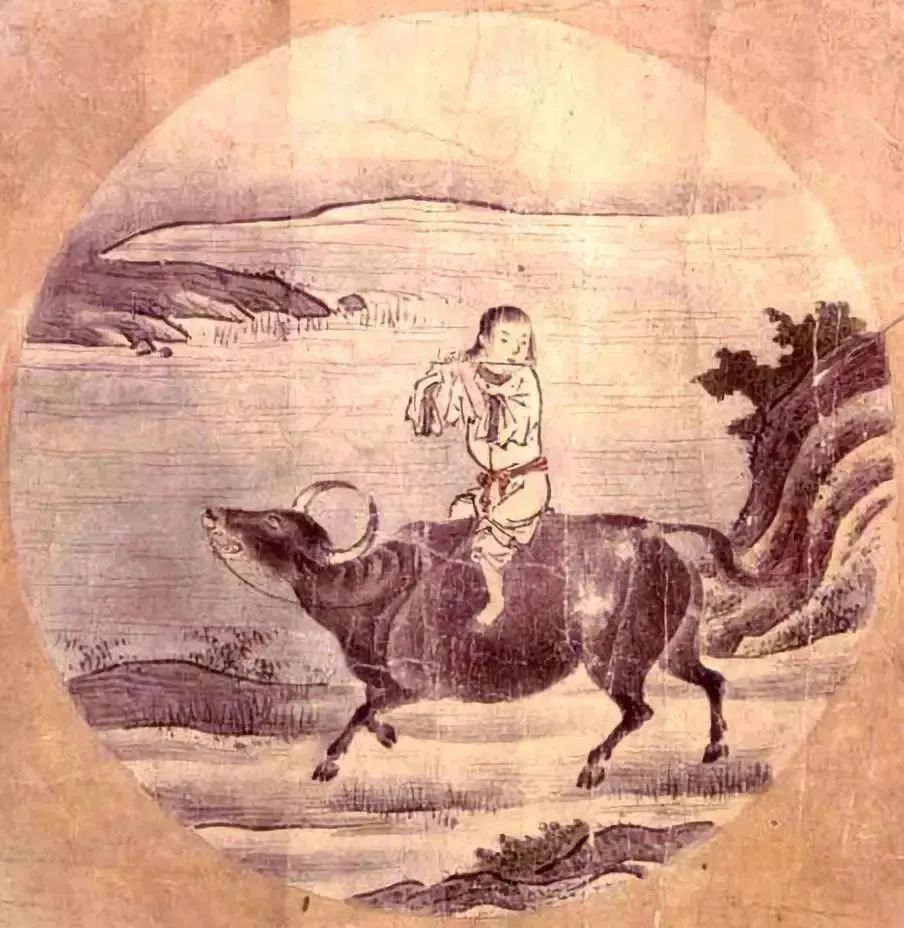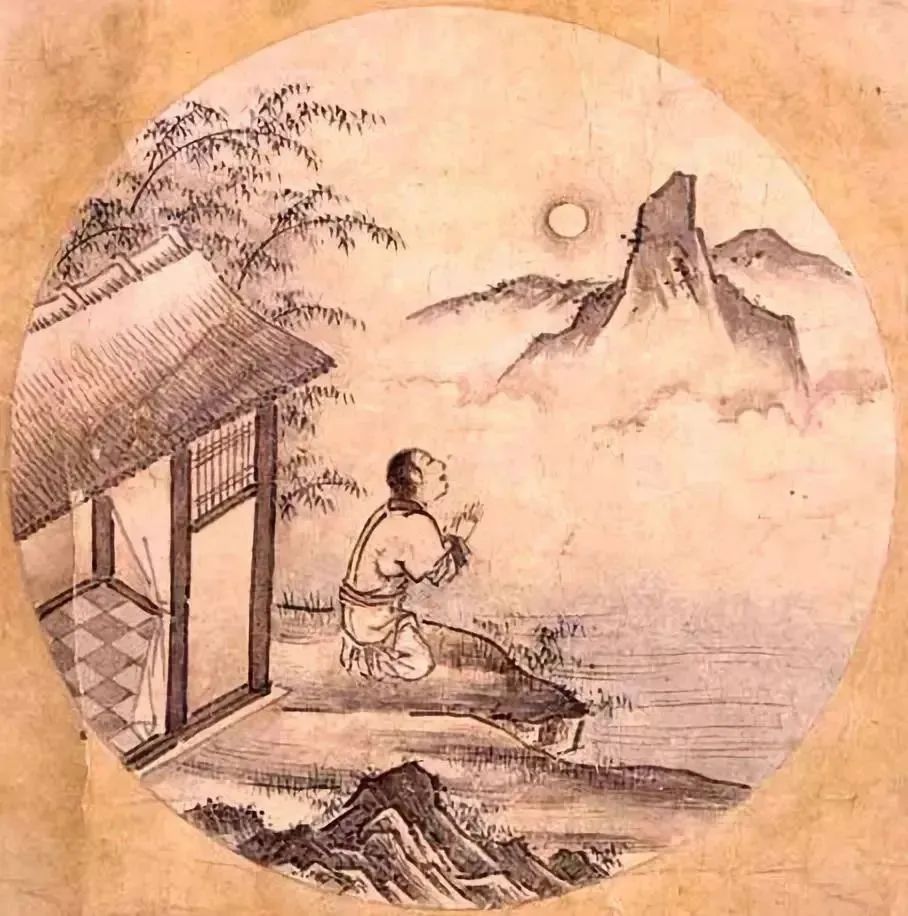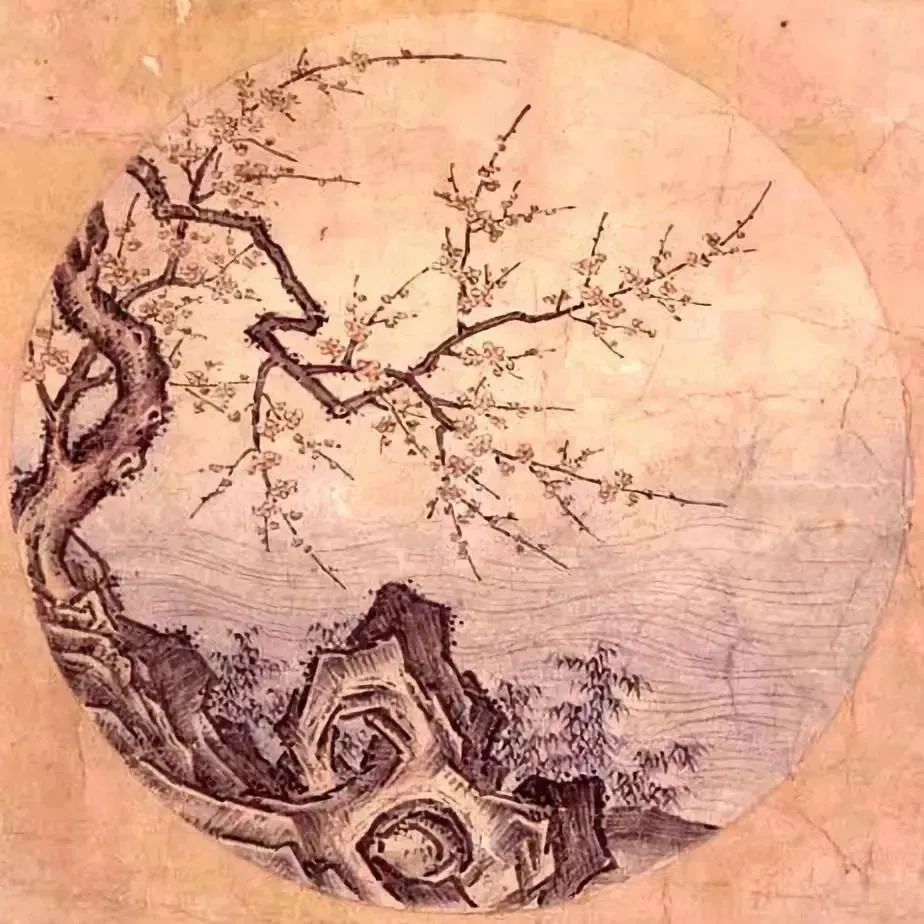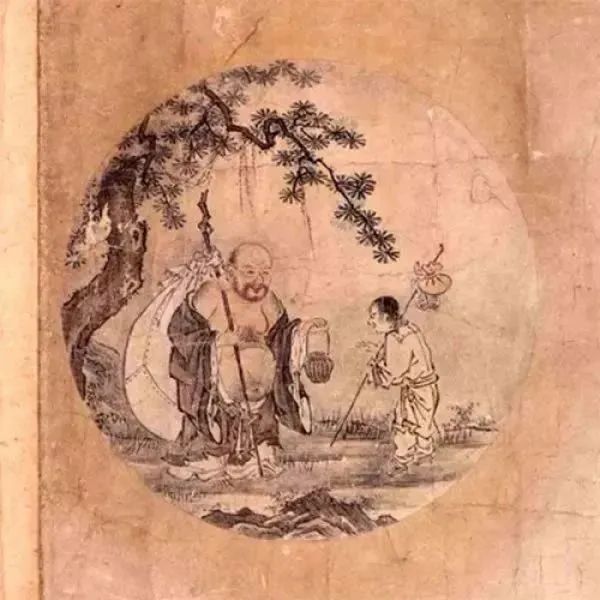修行这条路需要我们完美的配合

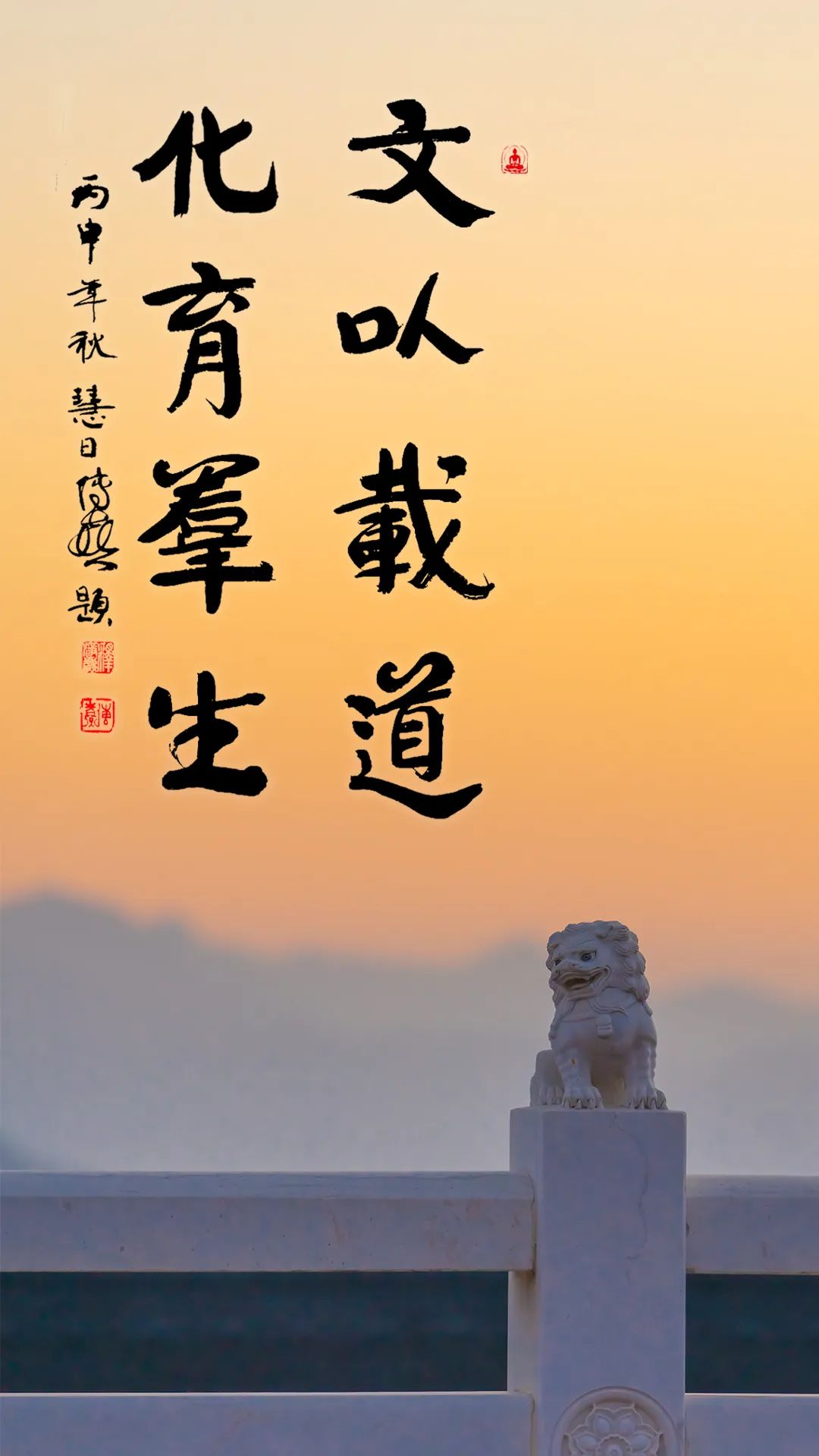
点击收听英文朗诵
修行修到后来,越修越柔软,跟这个世界完全地融合在一起,融合在一起之后再转变它。把你自己修好了之后,那你跟这个世界融在一起,你再来转这个世界,把这个世界转成像你一样。
As we progress on the path of cultivation, the more we practise, the softer and more harmonious we become, eventually merging completely with the world. Once this fusion is achieved, we can then begin to transform the world. By refining and perfecting ourselves, we merge with the world and then work to reshape it, turning the world into a reflection of one’s own enlightened state.
佛就这样修行的,祂把正报、依报全部转成极乐世界一样,阿弥陀佛就是这样修出来的,祂正报、依报全部成就了,就是极乐世界。祂的世界也可以显现这样物质的世界,然后众生可以生在里面,生在祂的功德里面。
This is the method by which the Buddha cultivated. He transformed both his primary recompense (his own being) and his secondary recompense (the environment he influenced), transfiguring them into the Pure Land. Amitābha Buddha, too, accomplished his practice in this manner, achieving perfection in both his personal merit (zhèngbào, 正报) and his environmental conditions (yībāo, 依报). Thus, his Pure Land came into being—a domain of sublime perfection. Within this realm, sentient beings may be reborn into it, immersed within his boundless virtue.
就像一个皇帝一样,他是一个明君,他如果修养很好就能够德化一方,他就能造福于人,就这个道理。那反过来,他是一个罪恶的君主的话,那糟糕了!这个地方的风水、人民都因他而遭殃。


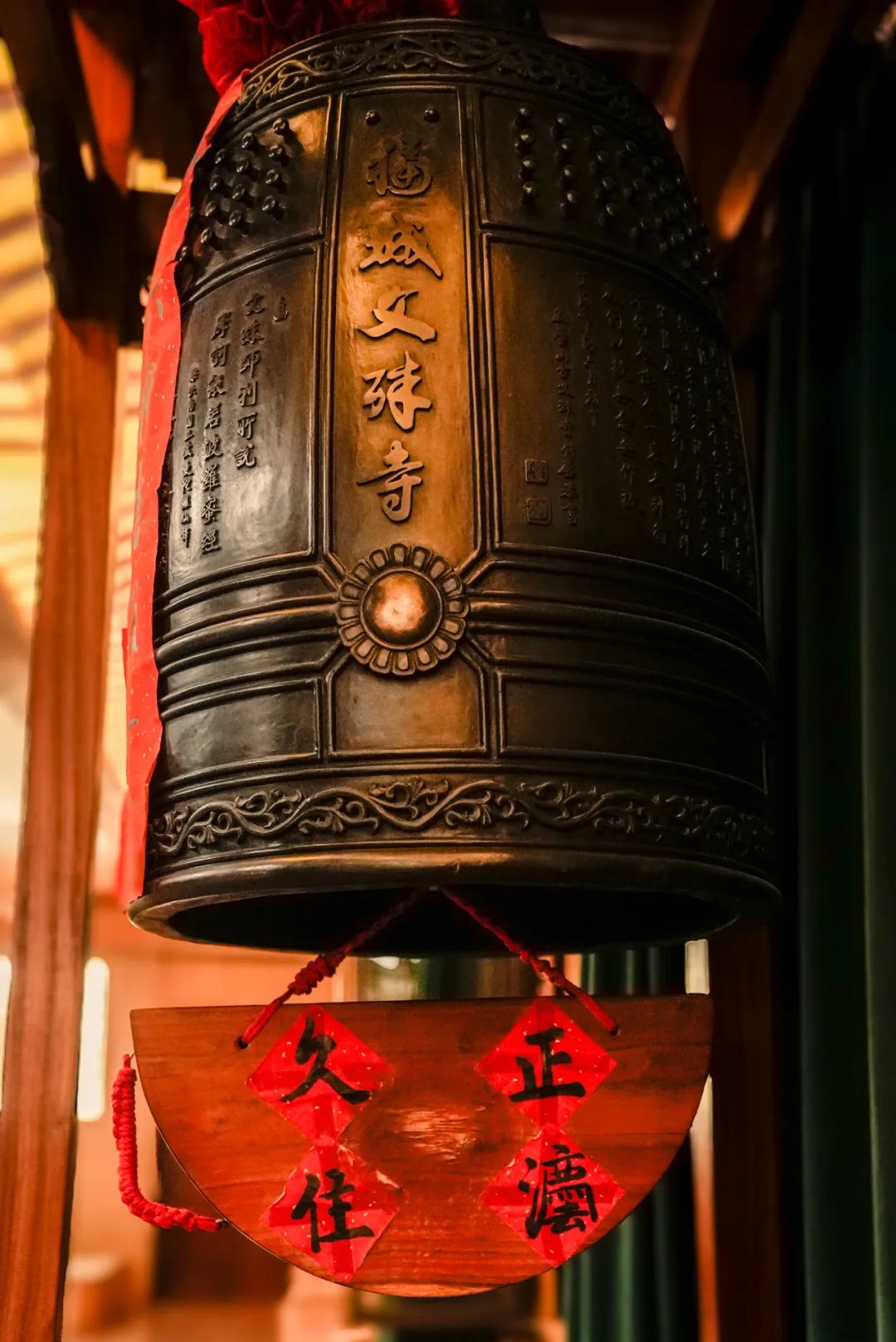


中国传统文化就是造圣人的,叫“文以载道”,如果你没有在中国文化里看到宗教的特点的话,那没有理解到中国文化。
Chinese traditional culture, fundamentally aspires to the cultivation of sages, guided by the principle of "Wén yǐ zài dào" (文以载道) — “literature conveys the Way.” To overlook the spiritual essence of Chinese culture is to misunderstand it entirely.中国文化本身就很神圣的,It is inherently sacred.
儒、释、道是完美的配合,从它个体上或许有差异,你从历史上了解它或许会有纷争,但是整个中国大地上,儒、释、道是完美的配合,完成了对老百姓、对官僚的净化。
哪怕皇帝再高,他也敬神,像印度一个皇帝要登座了,要四大海水给他灌顶,得世间善神的拥戴。中国一个皇帝要登座了,他要到泰山来告玉皇大帝:“人间我掌管了,祈祷您护持我!”所以他叫真命天子。他为什么叫孤家寡人?这么神圣的天意只有我知道,我肩负着天下。是这样一种精神,他是敬天的。
以前的考试,他也是文章里看,你有没有这个味道?你有这个味道,有这个灵性,就可以选拔出来做人民的父母官。
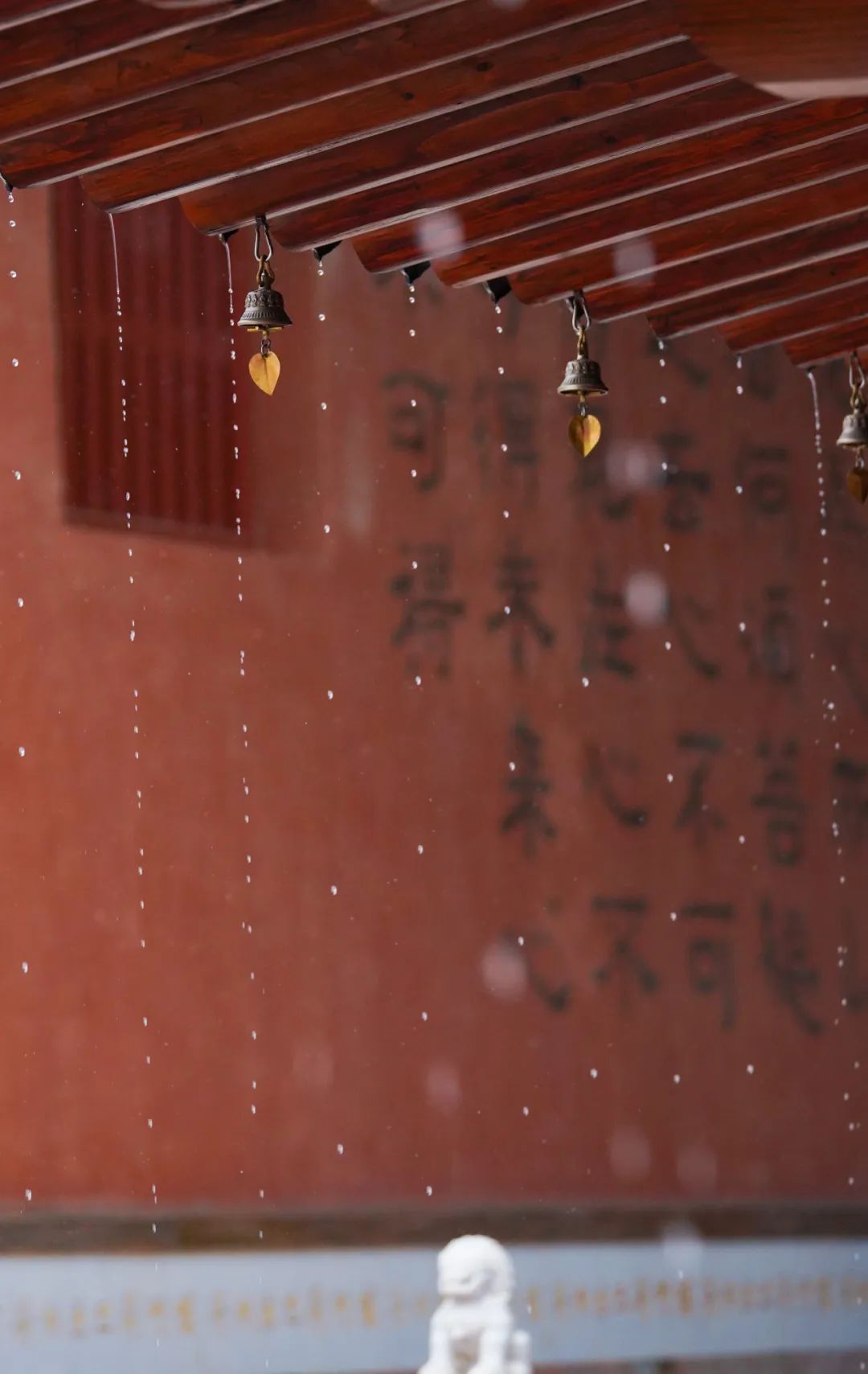


我们这个团体也是整个的一个生命一样,大家要防护,不要摧毁。业障很重,现在已经净化了。金刚体性我们现在还没有,有时候还是要提防着那些魔的破坏。从高的层次上来说,这也是对我们的一种检验,我们有没有护念好自己,有没有把正念提起来。
和合是很重要的,反过来说不和合是什么?不和合就是魔的东西。为什么和合是对,不和合不对呢?和合,佛光本身就是普照的,和合就说明你已经很阳光了,提防那个阴暗的东西钻到我们心里来。
Harmony and unity are of paramount importance. Conversely, disharmony is the work of Mara, the personification of delusion and obstruction. Why is harmony virtuous, while discord is not? Harmony reflects the universal radiance of Buddha’s light. It indicates a state of openness and positivity, whereas discord allows darkness and negativity to infiltrate the heart. When we cultivate harmony, we embrace brightness and positivity, warding off the shadowy forces that might infiltrate us.
我们如果这次朝圣变得很光明,这个光明不单你自己受用,还有那么多苦难众生等着你呢!直接的就是家里人,你最关心的人还等着你的光明照耀他,把他的魔力退掉。
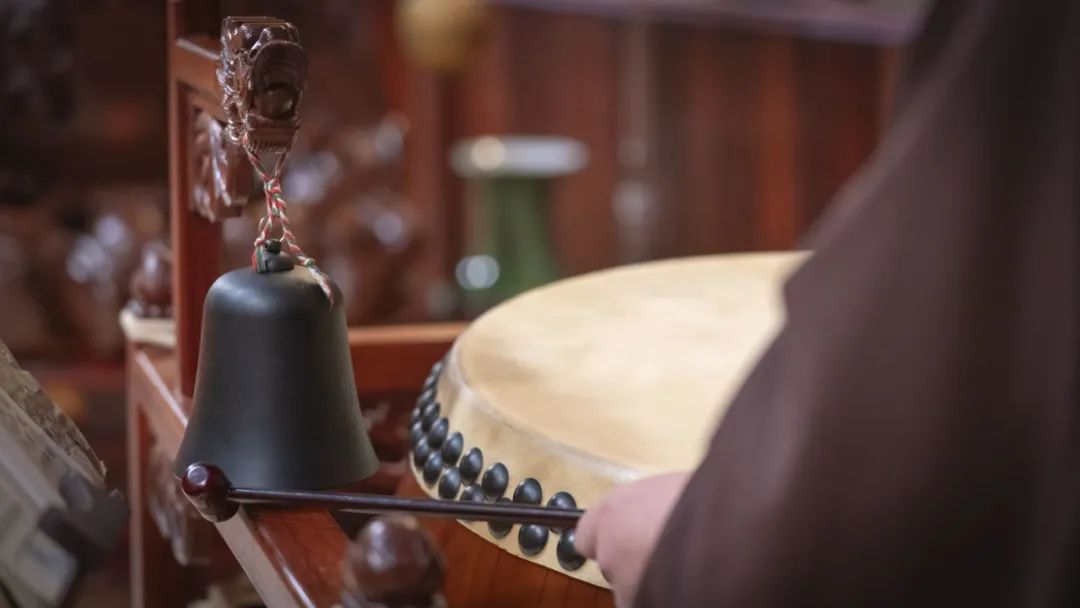
特别像我们刚刚起步,修行比较难的,真修行好了,轻车熟路了,很方便的。我们禅宗里面用牧牛图来比喻,十幅牧牛图。
For those of us just starting out, cultivation may feel difficult at first. Yet, as we progress with diligence, the way becomes smoother and more natural, like mastering a familiar path. In Chan Buddhism, this process is illustrated through the "Ten Ox-Herding Pictures," which symbolise the stages of spiritual practice.
左右滑动查看《十牛图》
刚刚牧牛的时候,牛在哪还找不到,隔着远山之外听着牧童的笛声,这就好像大家知道佛教好,佛教到底好在哪?不知道。
当慢慢看到牧童的影子,牛的影子。第三个不单看到牛,还能接触到牛了。第四不单接触到牛,还拿到牛的缰绳,骑在上面开始牧牛。
到后来才慢慢清楚,牛吃草,它已经不会去吃庄稼了。放牛的人唱唱牧曲,欣赏欣赏风景,最后人物两忘,我们和这个境界对立的心态完全就打破掉,最后是人牛双忘,可以想象那是多高的境界啊!
反过来说,我们六道轮回就落到自己贪、嗔、痴的境界里面,佛菩萨早就逍遥自在了,在三界中逍遥自在,佛菩萨看我们很奇怪,不要说佛菩萨,天人看我们就觉得很可怜,佛菩萨看我们,除了悲悯,还是悲悯。
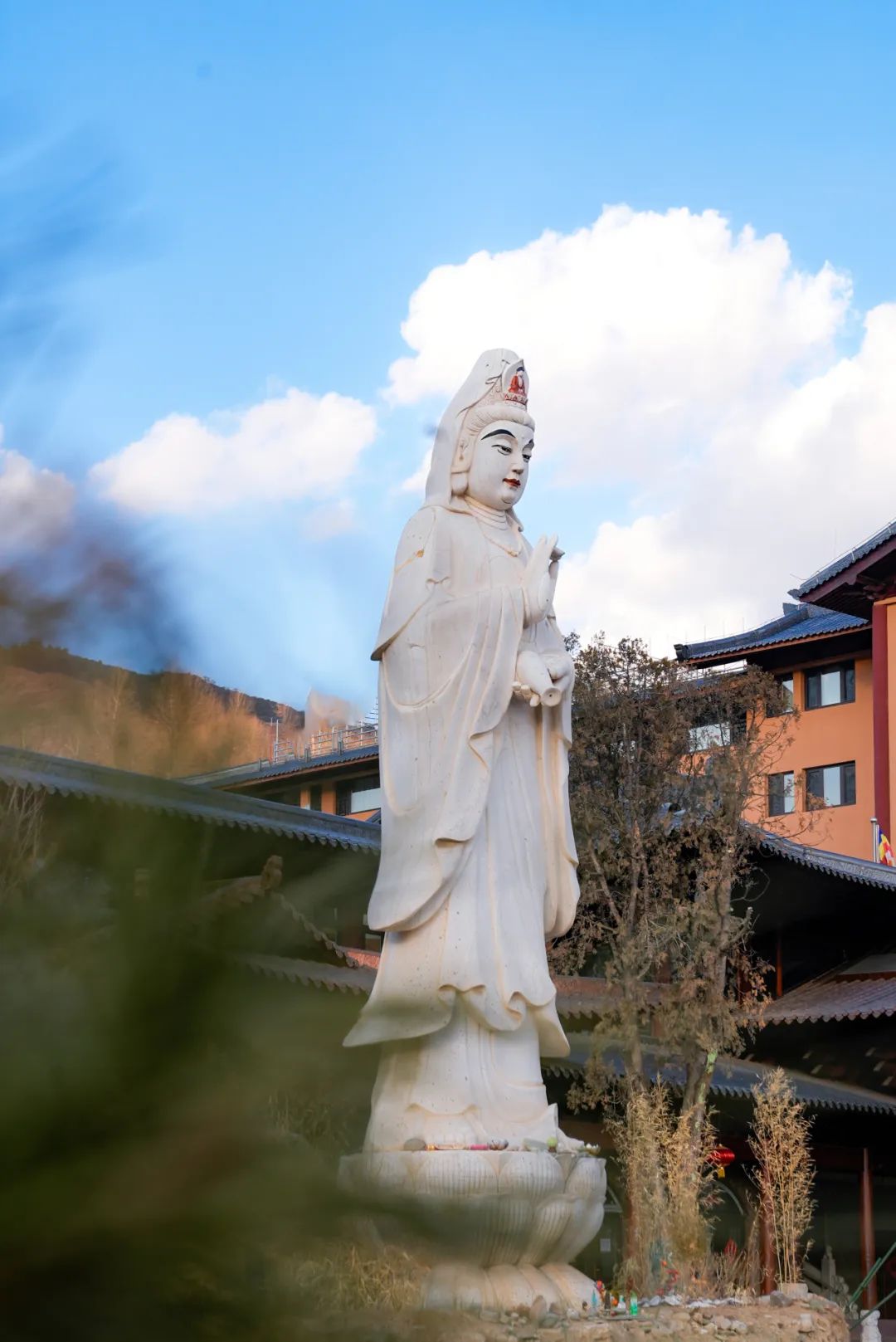
英文翻译:Iko&Matt(澳大利亚)
英文朗诵:Matt(澳大利亚)
